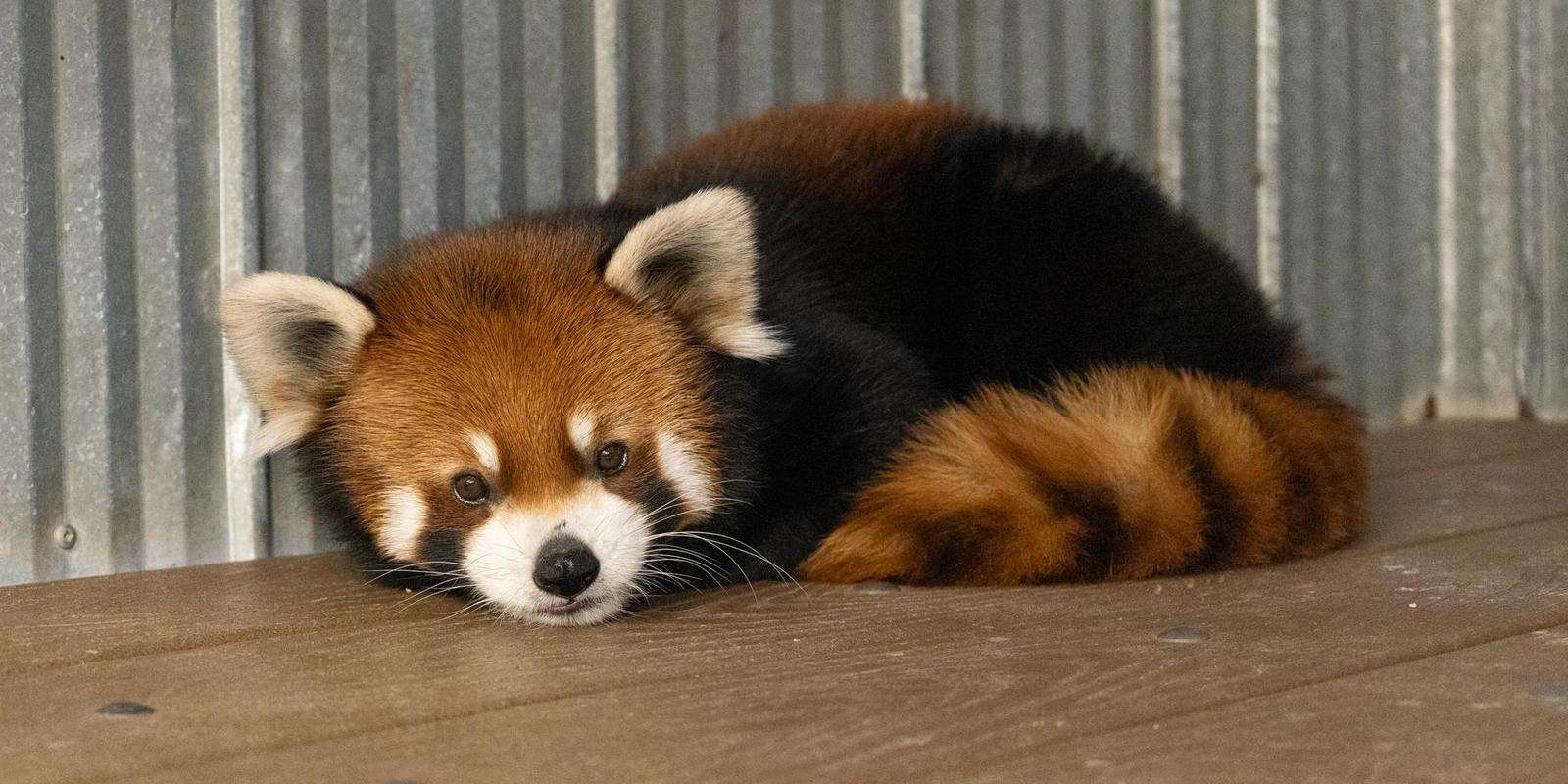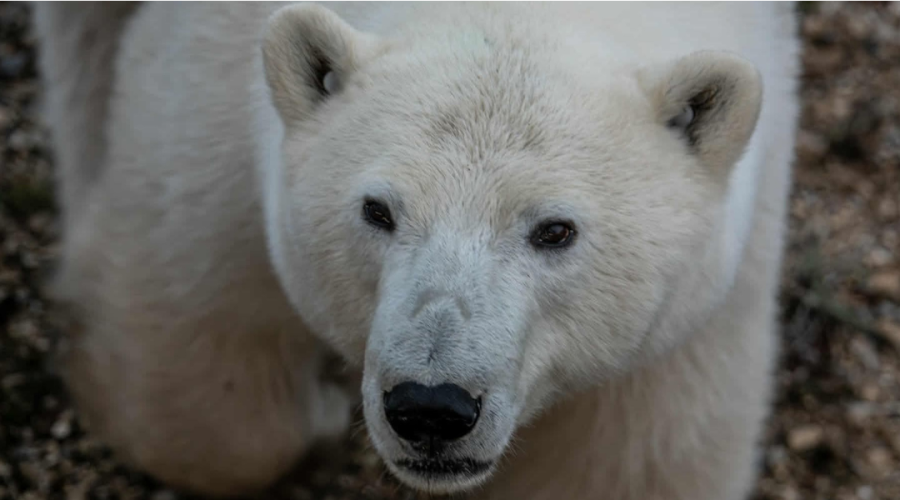Kelly is enjoying his indoor habitat! As soon as we put the camera away, he fell asleep for his mid-morning nap.
The next time you visit the Assiniboine Park Zoo, stop by the former snow leopard habitat between the Tundra Grill and McFeetors Heavy Horse Centre and say hi to some new and familiar faces – our red pandas!
You’ll recognize Tanvi, our seven-year-old red panda, who was previously in Toucan Ridge, but the new face you’ll meet is nine-year-old Kelly! He came to us from the Zoo de Granby in Quebec, on a recommendation from the Association of Zoos and Aquariums’ Species Survival Plan® (SSP) to be with Tanvi. This program supports maintaining healthy populations of animals in human care, many of which are species at risk.
The Zoo currently participates in 30 breeding programs contributing to the health, genetic diversity, and demographic variability of animals living in accredited facilities. The Zoo has a long history of successful participation in the red panda Species Survival Plan® and has supported the Red Panda Network’s efforts to protect them in the wild. Since 2003, 35 endangered red pandas have been born at the Zoo!
Tanvi and Kelly are in their introductory phase, determining if they are comfortable with each other. This “getting to know you” phase can take a few days or a few months! Once they are settled in, they will be moved into a shared habitat and another red panda couple – Mei Mei and Suva - will move into the adjacent habitat! This could happen any time in the next couple of months. Mei Mei is a two-year-old female from the Greater Vancouver Zoo. Suva, a seven-year-old male from the Toronto Zoo, was born here at the Assiniboine Park Zoo and is Tanvi’s brother!
The new habitats provide this larger group of red pandas with more space to climb, play, and move around, and more viewing areas for visitors.
Watch for updates on our red pandas on social media and be on the look out for them on your next visit to the Zoo.
Red pandas are found in the mountain forests of Nepal, India, Bhutan, China, and Myanmar (Burma). According to the Red Panda Network, their population has declined by over 50% in 20 years due primarily to deforestation and poaching. There may be as few as 2,500 red pandas left in the wild.





